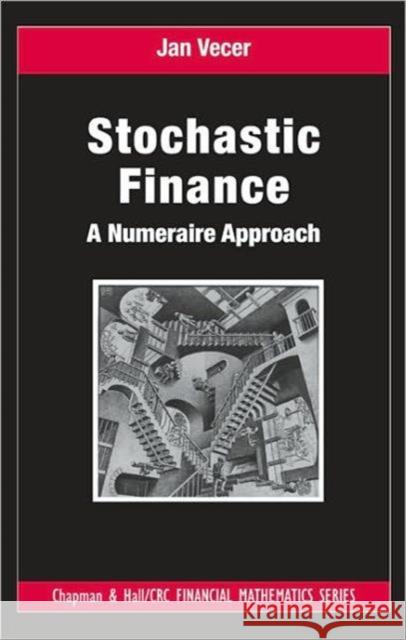Stochastic Finance: A Numeraire Approach » książka
Stochastic Finance: A Numeraire Approach
ISBN-13: 9781439812501 / Angielski / Twarda / 2011 / 342 str.
Stochastic Finance: A Numeraire Approach
ISBN-13: 9781439812501 / Angielski / Twarda / 2011 / 342 str.
(netto: 923,40 VAT: 5%)
Najniższa cena z 30 dni: 957,11
ok. 22 dni roboczych
Bez gwarancji dostawy przed świętami
Darmowa dostawa!
Unlike much of the existing literature, Stochastic Finance: A Numeraire Approach treats price as a number of units of one asset needed for an acquisition of a unit of another asset instead of expressing prices in dollar terms exclusively. This numeraire approach leads to simpler pricing options for complex products, such as barrier, lookback, quanto, and Asian options. Most of the ideas presented rely on intuition and basic principles, rather than technical computations. The first chapter of the book introduces basic concepts of finance, including price, no arbitrage, portfolio, financial contracts, the First Fundamental Theorem of Asset Pricing, and the change of numeraire formula. Subsequent chapters apply these general principles to three kinds of models: binomial, diffusion, and jump models. The author uses the binomial model to illustrate the relativity of the reference asset. In continuous time, he covers both diffusion and jump models in the evolution of price processes. The book also describes term structure models and numerous options, including European, barrier, lookback, quanto, American, and Asian. Classroom-tested at Columbia University to graduate students, Wall Street professionals, and aspiring quants, this text provides a deep understanding of derivative contracts. It will help a variety of readers from the dynamic world of finance, from practitioners who want to expand their knowledge of stochastic finance, to students who want to succeed as professionals in the field, to academics who want to explore relatively advanced techniques of the numeraire change.
Based on quantitative finance courses taught at Columbia University to graduate students and Wall Street professionals, this text presents a novel approach to pricing derivatives contracts using numeraire techniques. Focusing on fundamental finance principles instead of mathematical theory, the author considers the price of an asset as an exchange ratio between goods that pay for each other, rather than expressing prices in currency terms. This approach leads to simple derivations of pricing formulas that are model independent. With illustrative examples, end-of-chapter exercises, and key solutions, the text emphasizes that no agent in the economy is able to produce a risk-free profit.











